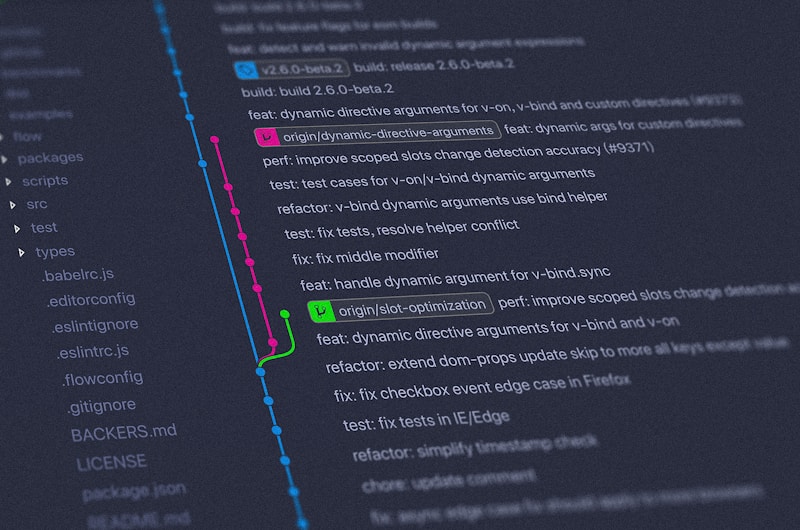Athul Santhosh
Technical Architect & DevOps Engineer
Published on December 15, 2024
Optimizing CI/CD Pipelines for Speed and Reliability
Fast, reliable CI/CD pipelines are the backbone of modern software delivery. After optimizing hundreds of pipelines across different technologies and team sizes, I've identified key strategies that consistently deliver significant improvements in both speed and reliability.
The Pipeline Performance Problem
Slow CI/CD pipelines create multiple problems:
Strategy 1: Parallel Execution
▶Pipeline Parallelization
Break your pipeline into parallel stages:
Build Stage Parallelization: - Frontend and backend builds in parallel - Multiple test suites running simultaneously - Static analysis and security scans in parallel
Test Parallelization: - Unit tests by module or package - Integration tests by service - End-to-end tests by feature area
▶Implementation Techniques
Matrix Builds: - Test across multiple environments simultaneously - Different language versions or dependency combinations - Various browser and device configurations
Dynamic Parallelization: - Automatically detect changed modules - Distribute tests based on execution time - Scale parallel jobs based on available resources
Strategy 2: Intelligent Caching
▶Dependency Caching
Cache expensive operations: - Package manager dependencies (npm, pip, maven) - Compiler outputs and intermediate artifacts - Docker layer caching for container builds
▶Build Artifact Caching
Implement multi-level caching: - Local build cache for individual developers - Shared team cache for common dependencies - Cross-pipeline cache for repeated operations
▶Cache Invalidation Strategies
Smart cache invalidation based on: - File checksums and dependency graphs - Time-based expiration for external dependencies - Manual cache clearing for security updates
Strategy 3: Smart Testing Strategies
▶Test Selection and Prioritization
Run tests intelligently: - Change-based test selection - Risk-based test prioritization - Flaky test identification and quarantine
▶Test Environment Optimization
Optimize test environments: - Lightweight test databases - Mock external services - Parallel test environment provisioning
▶Test Data Management
Efficient test data strategies: - Shared test data sets - Data generation as code - Test data cleanup automation
Strategy 4: Build Optimization Techniques
▶Docker Build Optimization
Optimize container builds:
Multi-stage Builds: - Separate build and runtime environments - Minimize final image size - Cache build dependencies effectively
Layer Optimization: - Order instructions by change frequency - Combine related operations - Use .dockerignore effectively
▶Compilation Optimization
Speed up compilation: - Incremental compilation - Distributed compilation - Pre-compiled headers and modules
Strategy 5: Infrastructure and Resource Management
▶Pipeline Infrastructure
Choose appropriate infrastructure: - Cloud-native CI/CD services for scalability - Self-hosted runners for control and cost - Hybrid approaches for flexibility
▶Resource Allocation
Optimize resource usage: - Right-size build agents - Implement resource pooling - Use spot instances for cost optimization
▶Monitoring and Metrics
Track pipeline performance: - Build time trends and bottlenecks - Resource utilization patterns - Failure rate analysis
Real-World Implementation
▶Pipeline Optimization Case Study
Before Optimization: - Average build time: 45 minutes - Success rate: 78% - Developer satisfaction: Low
Optimization Steps: 1. Implemented parallel test execution (15-minute reduction) 2. Added dependency caching (10-minute reduction) 3. Optimized Docker builds (8-minute reduction) 4. Implemented smart test selection (7-minute reduction)
After Optimization: - Average build time: 12 minutes - Success rate: 94% - Developer satisfaction: High
▶Technology-Specific Optimizations
JavaScript/Node.js: - npm ci instead of npm install - Jest parallel test execution - Webpack build optimization
Java/JVM: - Gradle build cache - Parallel test execution - JVM warm-up strategies
Python: - pip cache and virtual environments - pytest parallel execution - Poetry dependency management
.NET: - NuGet package caching - Parallel MSBuild execution - Docker multi-stage builds
Advanced Optimization Techniques
▶Predictive Pipeline Optimization
Use data to optimize pipelines: - Historical build time analysis - Failure pattern recognition - Resource usage prediction
▶Dynamic Pipeline Configuration
Adapt pipelines based on: - Code change analysis - Branch-specific strategies - Time-of-day optimization
▶Cross-Pipeline Optimization
Optimize across multiple pipelines: - Shared build artifacts - Common dependency management - Coordinated resource usage
Monitoring and Continuous Improvement
▶Key Metrics to Track
Performance Metrics: - Build duration trends - Queue wait times - Resource utilization
Quality Metrics: - Build success rates - Test coverage trends - Deployment failure rates
Developer Experience Metrics: - Feedback loop times - Pipeline interaction frequency - Developer satisfaction scores
▶Alerting and Notifications
Implement intelligent alerting: - Build failure notifications - Performance degradation alerts - Resource exhaustion warnings
Best Practices Summary
▶Pipeline Design - Design for parallelism from the start - Implement comprehensive caching strategies - Use smart testing approaches - Monitor and optimize continuously
▶Development Practices - Keep builds fast and focused - Implement proper error handling - Use feature flags for risk mitigation - Regular pipeline maintenance
▶Team Practices - Share optimization knowledge - Regular pipeline reviews - Automated testing of pipeline changes - Continuous learning and improvement
Tools and Technologies
▶CI/CD Platforms - GitHub Actions: Excellent for open source and GitHub integration - GitLab CI: Comprehensive DevOps platform - Jenkins: Flexible self-hosted solution - Azure DevOps: Microsoft ecosystem integration
▶Optimization Tools - BuildKit: Advanced Docker build features - Bazel: Build system for large codebases - Buck: Fast build system by Facebook - Pants: Build system for Python and Scala
Conclusion
Optimizing CI/CD pipelines is an ongoing process that requires attention to multiple dimensions: speed, reliability, resource efficiency, and developer experience. The key is to approach optimization systematically, measure the impact of changes, and continuously improve based on real data.
Remember: - Start with the biggest bottlenecks - Implement changes incrementally - Measure the impact of each optimization - Involve the development team in optimization efforts
Fast, reliable pipelines are not just about developer productivity—they enable rapid innovation, reduce time to market, and improve overall software quality. Invest in pipeline optimization, and the returns will compound over time.
Found this article helpful?
Share it with your network and help others learn these DevOps best practices.
